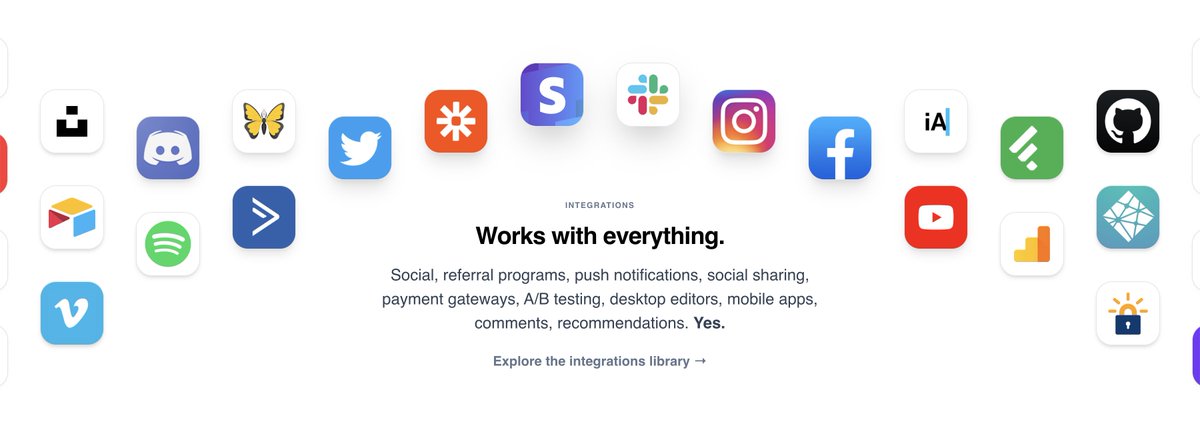
Barton Smith
@bartonsmith
Followers
6K
Following
5K
Statuses
7K
Indie designer working with screens, objects and spaces. Previously: @spotify, @meta, @fiftythree, @fuseproject
New York City
Joined July 2009
@businessbasiics What typeface did you use for your video about Japan’s crumbling economy? It’s really nice.
0
0
0
@chobiboni2 @0xmbaraa @Altimor Dude who are these people? I’ve never seen such a saturation of hate in one thread. Where am I? 😂
1
0
2
@Altimor It’s an intentional part of their design system and a break from strict monotonous rules. I actually like it, although I agree that it falls short on this screen.
0
0
1
RT @DannPetty: Something I've noticed from seeing design markets come and go. I remember when Behance was THE place to be. It was filled w…
0
36
0
@allanyu_ I think there’s an element of “it’s not there fault, it will work when the underlying model is better.” Which is no different to a shitty display or processor on a phone but maybe AI has more ‘otherness’?
0
0
1
@nlevin @RobertJBye Das me 👋 As much as I love strategic projects, I bias towards broken things over new things. And often broken things require attention to many, many small details.
0
0
1
@justinryanio Definitely in the case of Meta 😱 Google’s just looks like Google TV while utilizing transparency to take advantage of pass-through.
0
0
41
@aleksliving I was so excited when we discovered him during ID school in Australia. I had no idea that he did the Tokyo toilet… it was so nice 😀
0
0
1
@ciguleva @perplexity_ai I love when sharing what you love doing leads to work. Well deserved!!
0
0
1
@kevintwohy @D_R_Farrell Yeah that’s really surprising/impressive. Especially when the floor pattern is textured.
0
0
2
Great write up from @vanlancker
Ask someone to define design, and they’ll likely list outputs—buildings, logos, products, apps—or fall back on process platitudes. But these narrow views miss what makes design essential today. Throughout history, new technologies have opened new fields of expression and expanded what's possible. Every time a new technology came in, at least half were left behind loving the old craft or worrying about the future. Those who embrace the discomfort, understand how the tool can be wielded will continue to create novel ideas and change culture, With the printing press, those who mastered textual literacy created profound societal impact. In those early days, this literacy was an essential differentiator. Just as the printing press democratized knowledge creation, AI is commoditizing access to intelligence and with it redefining technical execution. This is now widely accepted. AI can generate endless ‘perfect’ outputs, and its reasoning capabilities will only expand. Design’s tools will change but design’s essence remains distinctly human: creation guided by feeling & relationships rather than pure logic, and the judgment to know what’s worth creating. Design literacy—combining curiosity, studied curation, personal conviction, and craft—will become as vital as verbal literacy. This way of seeing and thinking becomes a new differentiator. It’s a new type of intelligence and design that will separate those who thrive from those who fade into the noise. I see this type of design everywhere in my work with founders, engineers, salespeople, and investors—they are all designers in their own right. It is innate—it just needs to be unlocked. The best founders already understand this. In a world where anyone can build, they know what to build, who it’s for, and why it must exist. Full essay linked in the comments below ↓
0
0
10
@vanlancker Really nice essay dude! Who do you think are the more design literate companies these days? The ones we typically think of, like @Airbnb?
1
0
5





